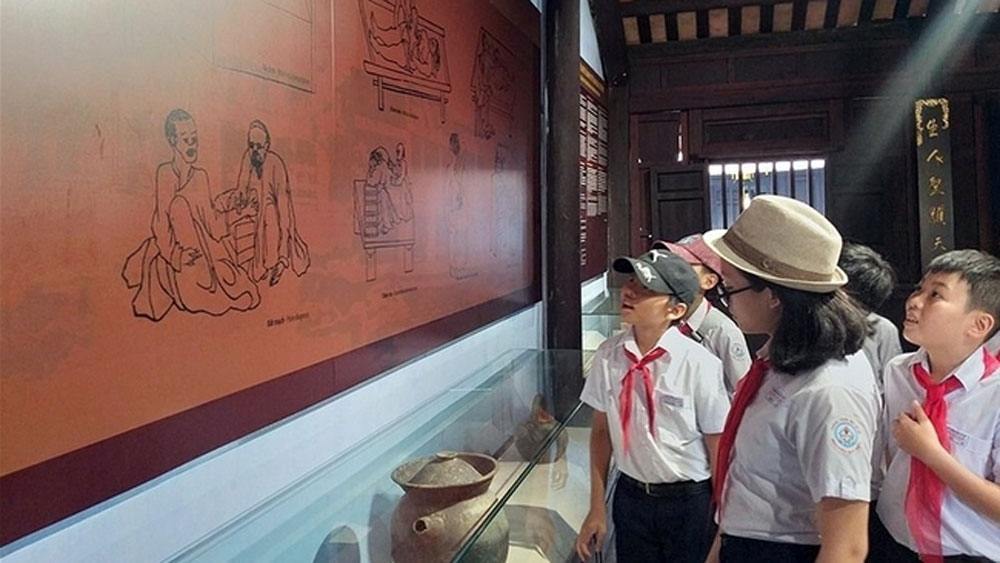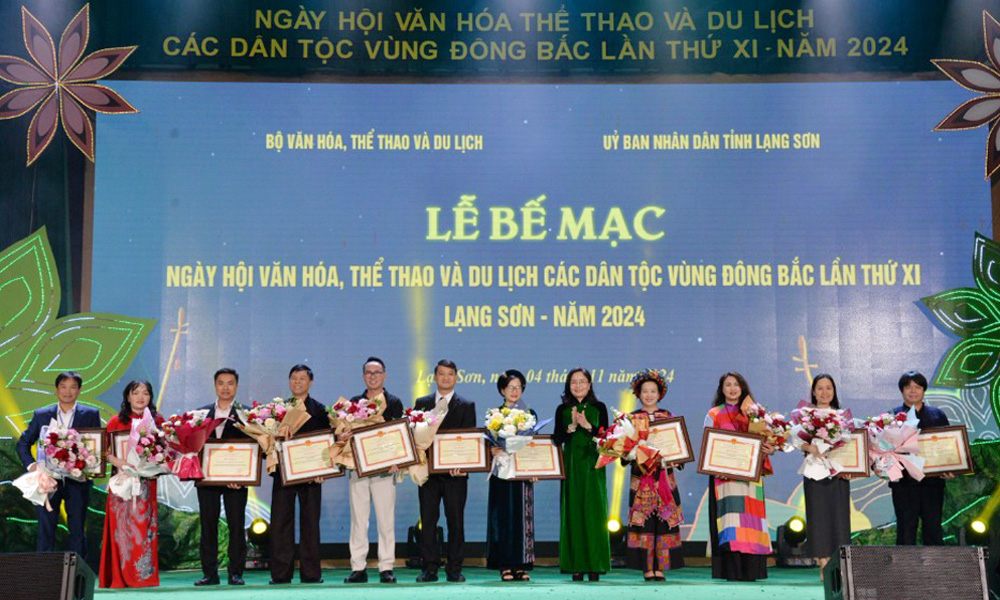Building museums of traditional craft villages
Facing this situation, the construction of museums for traditional trade villages is one of measures contributing to preserving and promoting the values of products.
According to statistics by the Vietnam Craft Villages Association, Vietnam has over 5,000 trade villages, including over 1,700 recognised as traditional craft villages. Being formed and developed over the ups and downs of history, the trade villages produced and preserved traditional handicrafts as well as the nation’s cultural embodiment.
 |
|
Students visiting the Musuem of Traditional Medicine in Hoi An City, Quang Nam Province. |
The development of trade villages will not only create jobs for local people and increase incomes for millions of labourers but also significantly contribute to the socio-economic development of the country while preserving and promoting the culture imbued with national identity.
Dr. Ton Gia Hoa, Vice Chairman of the Vietnam Craft Villages Association said that the best condition for preserving the traditional handicrafts is the environment that produces them. Therefore, it is crucial to build museums of craft villages. Through the museums, the stories about traditional handicrafts and trade villages will be mentioned, contributing to preserving a type of cultural heritage and supporting trade villages to promoting their images to visitors.
Many museums of trade villages with different scales and forms have been formed in several localities, including the Museum of Lai Xa Photographic Village (Hoai Duc District, Hanoi), the Ancient Pottery Museum (Kim Lan Commune, Gia Lam District, Hanoi), Co Do Fine Arts Museum (Ba Vi District, Hanoi), Hoi An Traditional Medicine Museum (Hoi An City, Quang Nam Province and a Museum of several pottery artisans from Bat Trang village (Hanoi).
The museums have created spaces for visitors to admire and buy handicraft products as well as learn more about the embodiment of ancient crafts.
In addition, the connection of smart museums within the tourism sector and educational programmes in schools and community should be tightened, contributing to expanding visitors, diversifying experience activities and improving the quality of museums. This is also an effective way to preserve, promote and find output for products from trade villages in the current context.
Source: NDO
 Bắc giang
Bắc giang















Reader's comments (0)